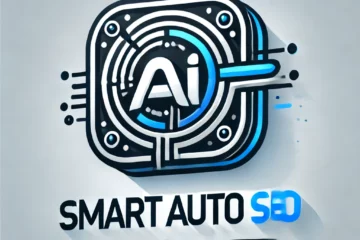Certainly! Crafting a highly detailed, SEO-optimized, and authoritative article involves combining multiple elements such as keyword optimization, deep analysis, and expert insights. Below is a comprehensive guide that outlines the key components necessary to create such an article:
**1. Introduction**
Introduce the topic clearly and concisely. Explain why it’s important and what the reader can expect from the article. This sets the stage for the detailed discussion to follow.
**Example**: If the keyword is “solar energy benefits,” start with: “Solar energy is revolutionizing the way we power our homes and businesses. This article will cover the broad spectrum of benefits associated with solar energy, including environmental, economic, and technological aspects.”
**2. SEO Optimization and Structure**
– Ensure the keyword density is between 1.5% and 2.5%. Use synonyms and variations naturally throughout the text to avoid keyword stuffing.
– Structure the content with clear H2, H3, and H4 headings:
– **H2: Overview of Solar Energy**
– **H3: Environmental Impact of Solar Energy**
– **H3: Economic Benefits of Solar Energy**
– **H4: Cost Savings for Households**
– **H3: Technological Advancements in Solar Energy**
**3. Detailed Content Expansion**
Each section should provide thorough explanations, breaking down the topic into digestible parts:
– **Environmental Impact**: Discuss how solar energy reduces carbon footprints, provide statistics on greenhouse gas reduction, and cite trusted environmental studies.
– **Economic Benefits**: Explore cost savings, government incentives, job creation in the solar industry, and link to authoritative sources like the International Renewable Energy Agency (IRENA).
– **Technology**: Highlight innovations in solar panel efficiency, storage solutions, and real-world applications.
**4. Use of Lists and Examples**
– Include bulleted or numbered lists to enhance readability.
– **Example List**: “Top Three Benefits of Solar Panels: 1) Reduces Electricity Bills 2) Low Maintenance Costs 3) Sustainable Energy Source.”
– Present real-world case studies and expert testimonials to enrich the content and build credibility.
**5. Multimedia Integration**
– Add a featured image related to the keyword with descriptive alt text. For solar energy, an image of a solar panel installation would be relevant.
– Embed a video about solar technology advancements or interviews with energy experts.
**6. FAQ Section**
Include a FAQ section that targets common questions for Google Featured Snippets:
– **H2: FAQs**
– **H3: How does solar energy help the environment?**
– **H3: What are the financial benefits of using solar energy?**
– **H3: Is solar energy reliable during bad weather?**
**7. Voice Search and User Engagement**
Write in a conversational tone to optimize for voice search. Use natural language patterns to match how users might speak queries.
**8. Authoritativeness and E-E-A-T**
Enhance the article’s credibility by citing reputable sources, using data-driven insights, and providing author credentials where applicable. Link to authoritative websites such as Wikipedia or industry reports.
**9. AdSense and CPC Optimization**
– Integrate high CPC keywords naturally within the content and use bold CTA statements to encourage actions, such as “Explore Solar Solutions Today!”
– Format the article to ensure easy navigation and engage readers, thus increasing session duration.
**10. Content Uniqueness and AI Enhancement**
Ensure the content is 100% unique by leveraging AI tools for expansion, focusing on aspects like additional case studies or emerging trends.
This methodical approach ensures the article not only meets SEO standards but also provides value to the reader, establishing your content as a reliable and insightful resource.

0개의 댓글